Top 20 graphic designers: the pioneering creatives that don’t just revert to type
To coincide with Wallpaper's landmark 200th issue, we've expanded our Power 100 list of the design world's superlative talents to into a definitive (you've guessed it) Power 200. Running parallel to our main list – of the world's finest furniture and product designers – we've curated shorter selections niche disciplines, including the 20 best graphic designers – the pioneering creatives that don't just revert to type.
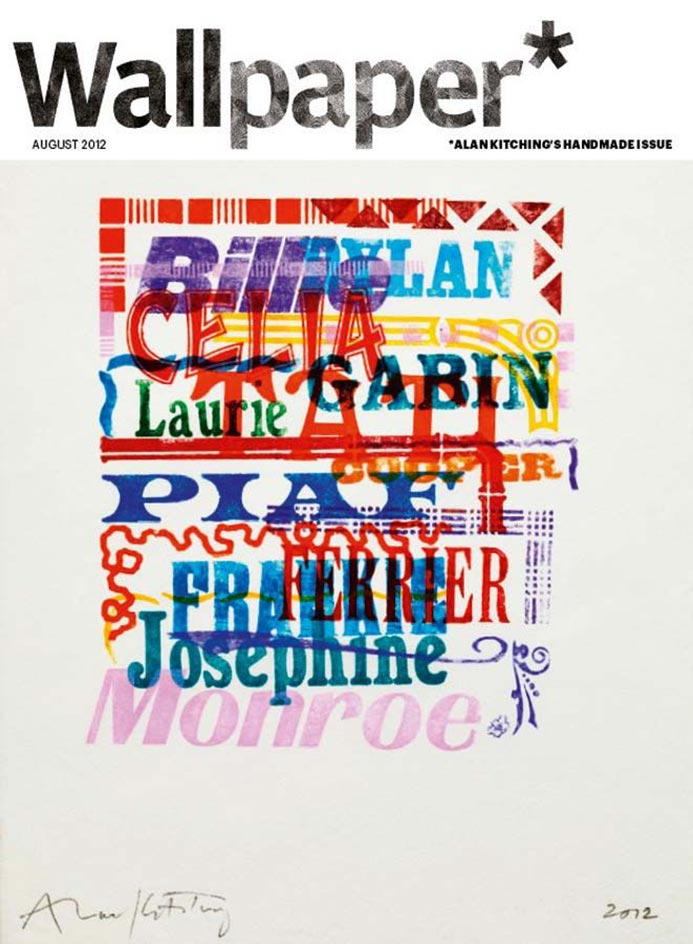
To coincide with Wallpaper's landmark 200th issue, we've expanded our Power 100 list of the design world's superlative talents into a definitive (you've guessed it) Power 200. Running parallel to our main list – of the world's finest furniture and product designers – we've curated shorter selections of the best young practitioners, interior designers, architects, influencers and, here, graphic designers – the pioneering creatives that don't just revert to type.
It's hard to understate the pervading influence of our choices – from John Morgan and Peter Miles (culture and fashion's go-to art directors, respectively), to agency behemoths like Fabien Baron, graphic iconoclast Stefan Sagmeister, M/M Paris, Pentagram partner Paula Scher, North's Sean Perkins and Graphic Thought Facility – even when these practitioners tend to remain relatively anonymous compared to those working in other (glitzier) design disciplines.
But it's the subtlety of the work that tends to make it so groundbreaking. Typographical innovation – the sheer ubiquity of words making true innovation an even greater achievement – comes in the form of designers such as Alan Kitching, Erik Spiekermann and Cornel Windlin; while Anthony Burrill, Tony Brook, Philippe Apeloig, Simon Esterson and Jonathan Barnbrook lead the more abstract, editorial and pictorial vanguard.
The pioneering magazine designer Neville Brody and the bookish Irma Boom represent the best in print aesthetics, and Kenya Hara's spare, clean design and ascetic refinement brings a little minimalism to the list.
Finally, the prolific catalogue of Peter Saville highlights a near faultless career starting in record cover design – perhaps one of the most challenging, and certainly most under appreciated graphic forms – and leaving his louche mark on everything from cultural instititions to city councils.

See the Power 200 in full here
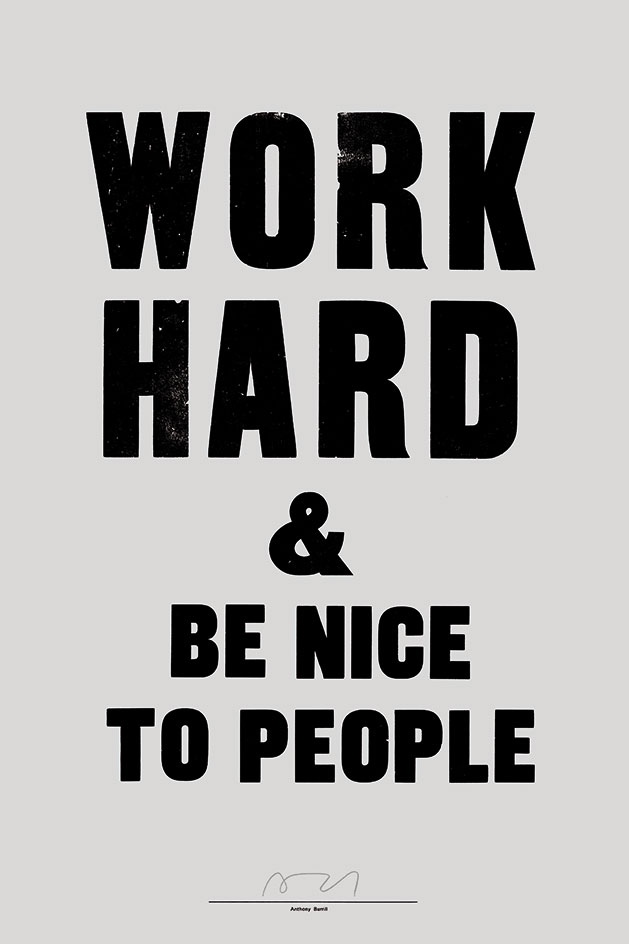
Anthony Burrill: Poster boy for poster art
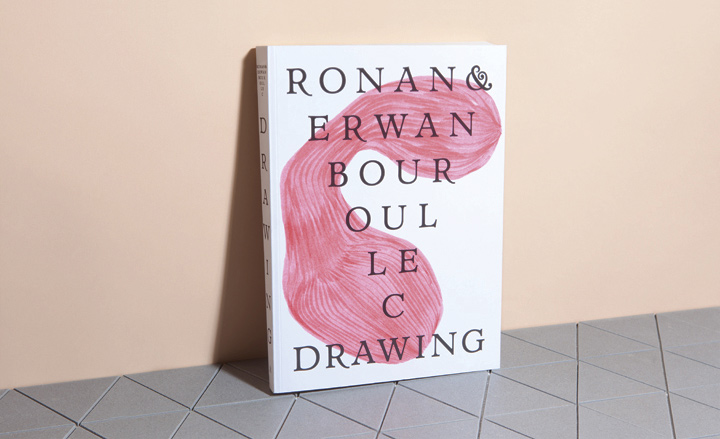
Cornell Windlin: Swiss font gamechanger. Pictured: ’Drawing Ronan & Errwan Bouroullec’, 2013

Philippe Apeloig: Mighty visual communicator

Erik Spiekermann: German type designer. Pictured: First release of a digital and and analog font at the same time: newly released FF Real printed here by letterpress from large, CNC-cut wood type at my workshop P98a
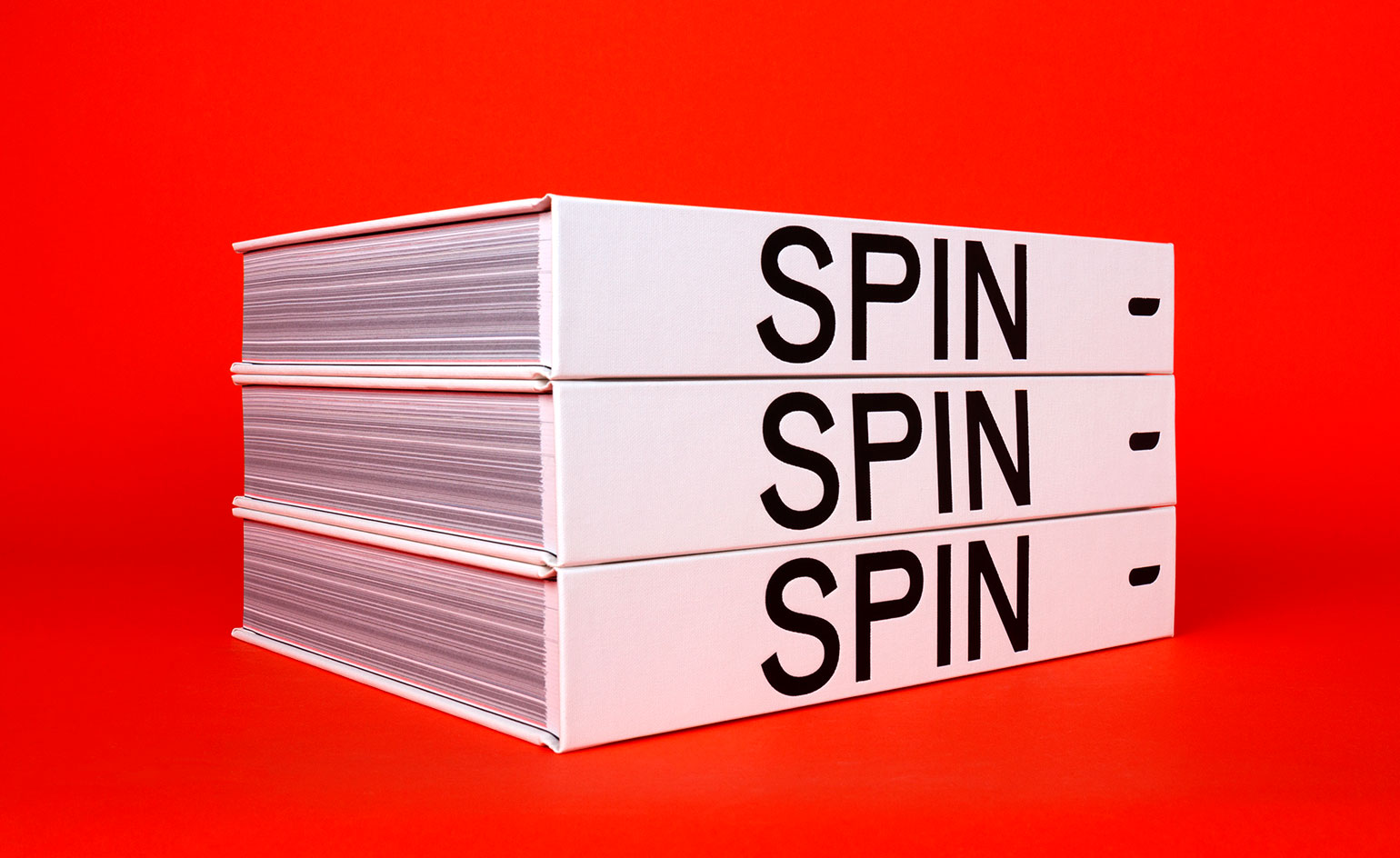
Tony Brook: Designer with a new Spin

M/M Paris: Glitzing music and fashion
Pictured: limited-edition cover for W*196

John Morgan: Culture’s go-to art director. Pictured: Four Corners Familiars, an ongoing series of books featuring artists’ responses to classic novels and short stories

Sean Perkins: Branding and identity guru
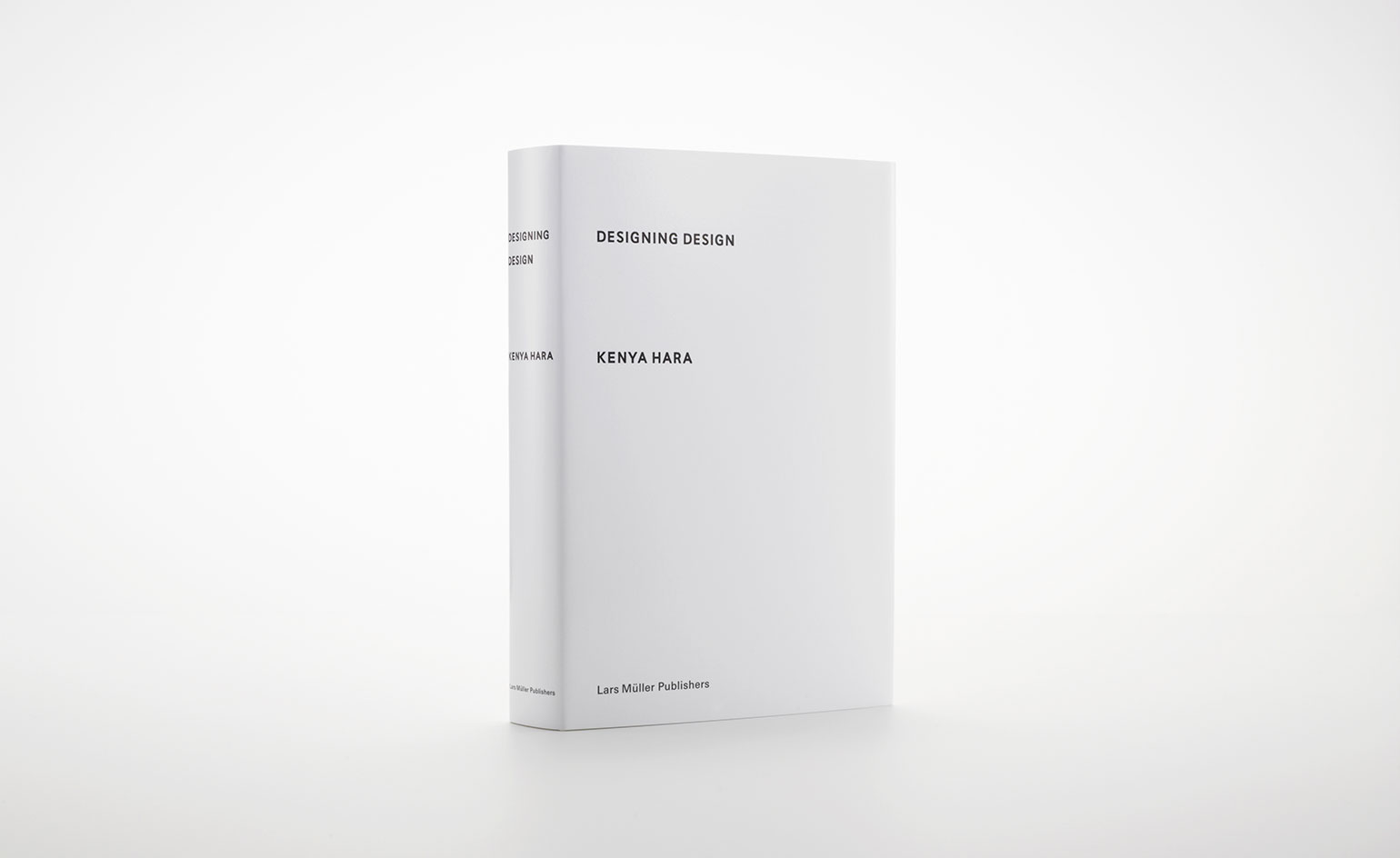
Kenya Hara: King of simplicity. Pictured: Designing Design, Lars Müller Publishers, 2007

Simon Esterson: Influential editorial designer

Stephan Sagmeister: Modern graphic iconoclast
May 2010, W*134

Peter Miles: Fashion’s go-to art director
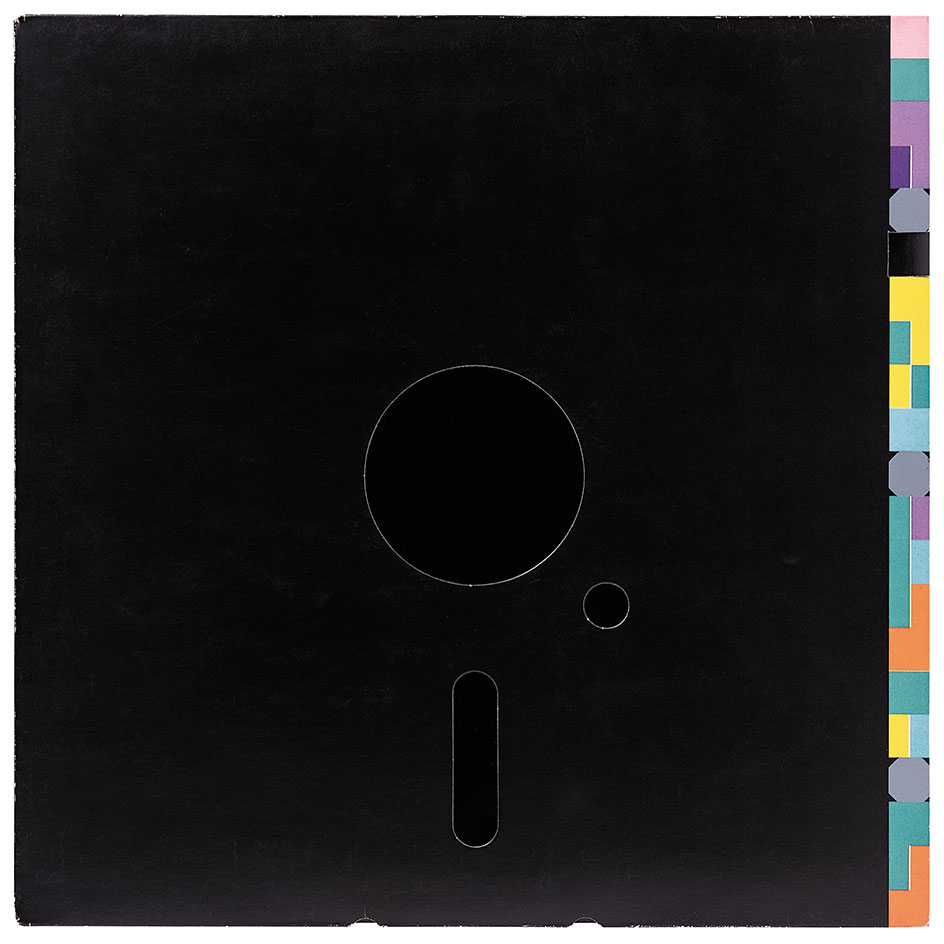
Peter Saville: Pivotal. Pictured: Blue Monday, 1983

Graphic Thought Facility: Epitome of modern agency. Pictured: Herman Miller Formwork
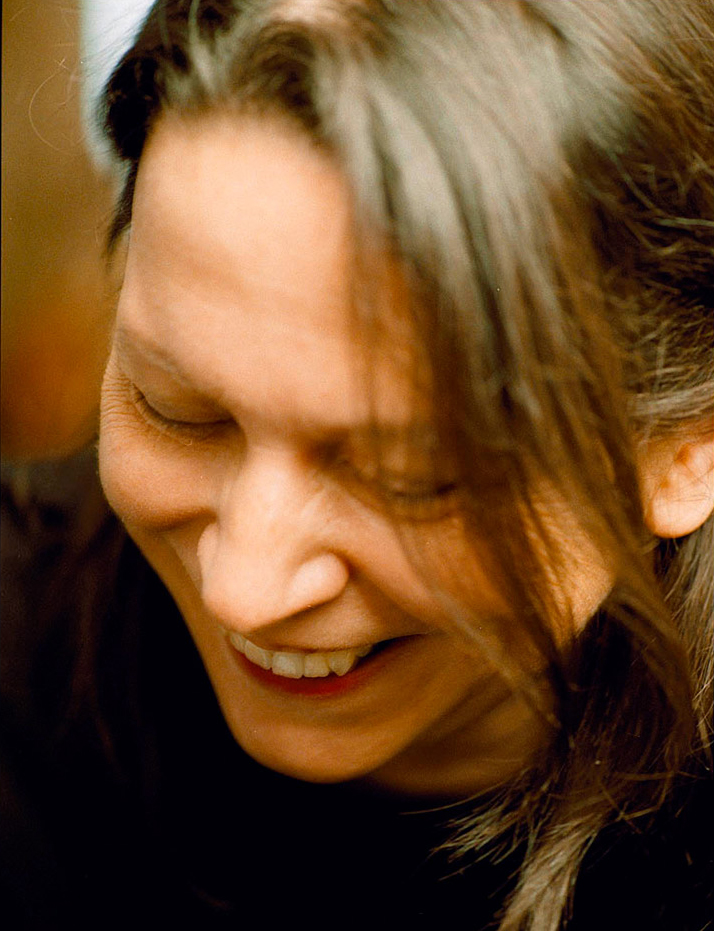
Irma Boom: Bookish Dutch designer
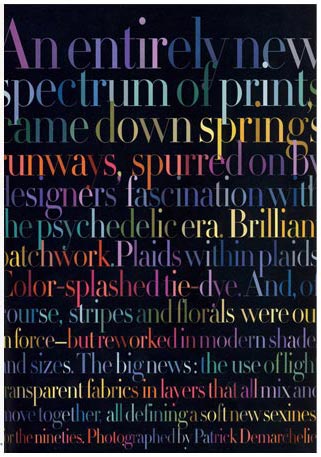
Fabien Baron: Illustrious creative director
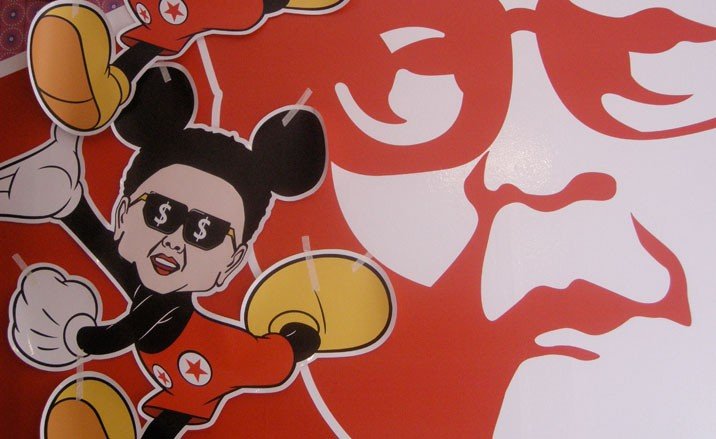
Jonathan Barnbrook: Idiosyncrasy in motion
Pictured: The Little Fellow, 2004
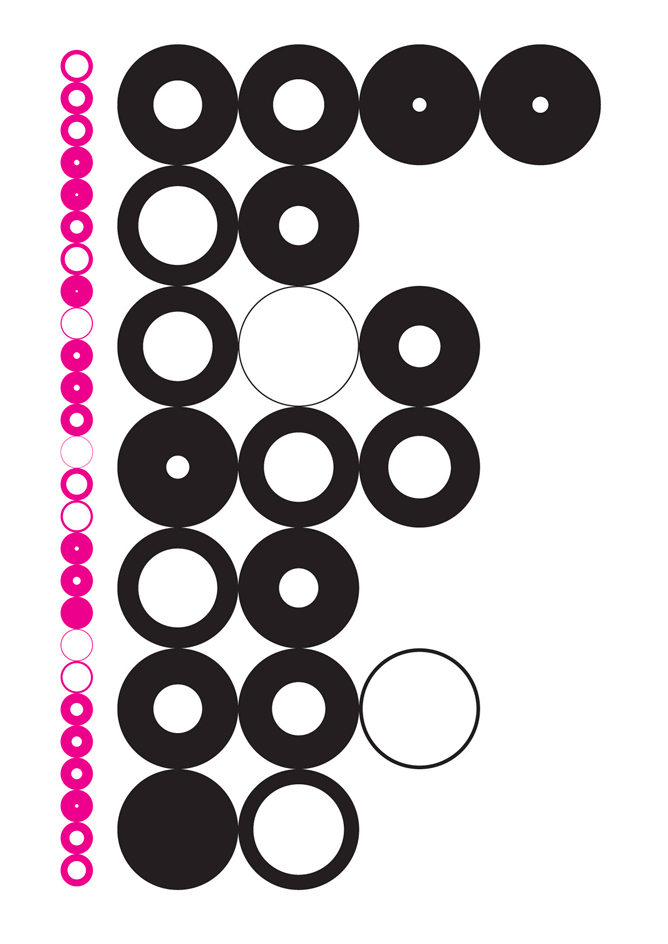
Neville Brody: Magazine design pioneer

Paula Scher: Pentagram partner
Pictured: customised Moleskin notebook
INFORMATION
Receive our daily digest of inspiration, escapism and design stories from around the world direct to your inbox.
Rosa Bertoli was born in Udine, Italy, and now lives in London. Since 2014, she has been the Design Editor of Wallpaper*, where she oversees design content for the print and online editions, as well as special editorial projects. Through her role at Wallpaper*, she has written extensively about all areas of design. Rosa has been speaker and moderator for various design talks and conferences including London Craft Week, Maison & Objet, The Italian Cultural Institute (London), Clippings, Zaha Hadid Design, Kartell and Frieze Art Fair. Rosa has been on judging panels for the Chart Architecture Award, the Dutch Design Awards and the DesignGuild Marks. She has written for numerous English and Italian language publications, and worked as a content and communication consultant for fashion and design brands.
-
 Out of office: The Wallpaper* editors’ picks of the week
Out of office: The Wallpaper* editors’ picks of the weekThis week, the design year got underway with Paris’ interiors and furniture fair. Elsewhere, the Wallpaper* editors marked the start of 2026 with good food and better music
-
 Structure meets scent in Clive Christian’s new London flagship by Harry Nuriev
Structure meets scent in Clive Christian’s new London flagship by Harry NurievWhat does architecture smell like? The British perfume house’s Inox fragrance captures the essence of its new Bond Street store
-
 A quartet of sleek new travel trailers accelerate the caravan’s cultural rehabilitation
A quartet of sleek new travel trailers accelerate the caravan’s cultural rehabilitationAirstream, Evotrex, AC Future and Honda put forward their visions for off-grid living and lightweight RV design
-
 This Alpine chalet rejects the ‘modern ski’ aesthetic to embrace art deco
This Alpine chalet rejects the ‘modern ski’ aesthetic to embrace art decoOriginally designed by architect Henry Jacques Le Même, a key figure in shaping the Alpine style, Le Sarto in Megève, France, has been captivatingly transformed by interior architecture studio Claves
-
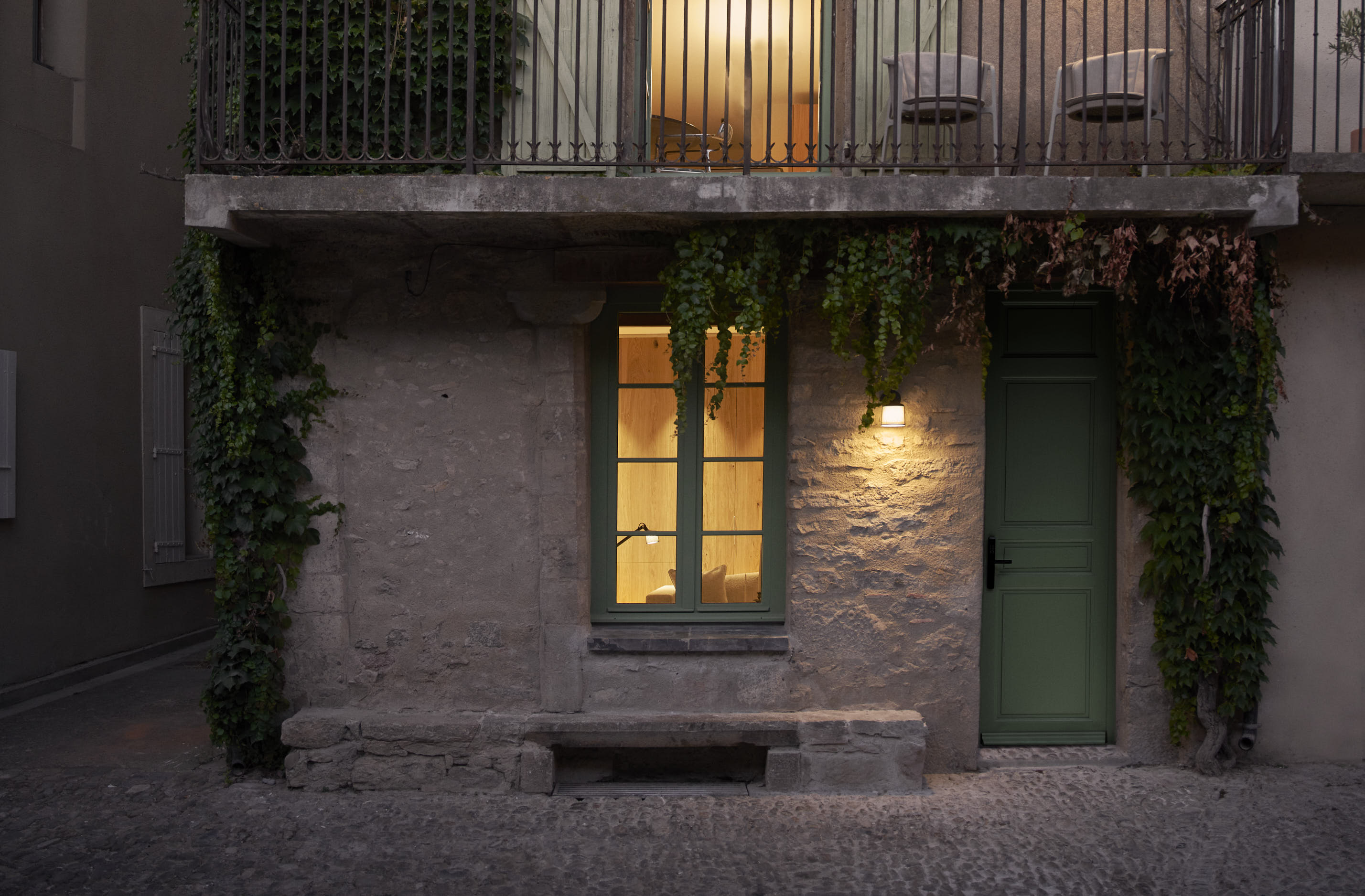 Most people know Vipp for its pedal bin. The brand has just opened a guest house in France
Most people know Vipp for its pedal bin. The brand has just opened a guest house in FranceA 14th-century home is outfitted in Vipp’s signature Scandi style – and you can stay there
-
 Maison et Objet: Wallpaper's 15 highlights from France's leading homes and interiors fair
Maison et Objet: Wallpaper's 15 highlights from France's leading homes and interiors fairThe design year has officially begun with the launch of Maison et Objet. Our on-the-ground correspondent reports on its standout moments
-
 Ozone and Dominique Perrault Architecture create a series of monumental aluminium lamps
Ozone and Dominique Perrault Architecture create a series of monumental aluminium lampsOzone worked with Dominique Perrault and his partner Gaëlle Lauriot-Prévost to present the ‘Furtiv’ collection, featuring a series of aluminium lamps inspired by the architect's Bibliothèque François-Mitterrand in the 1990s
-
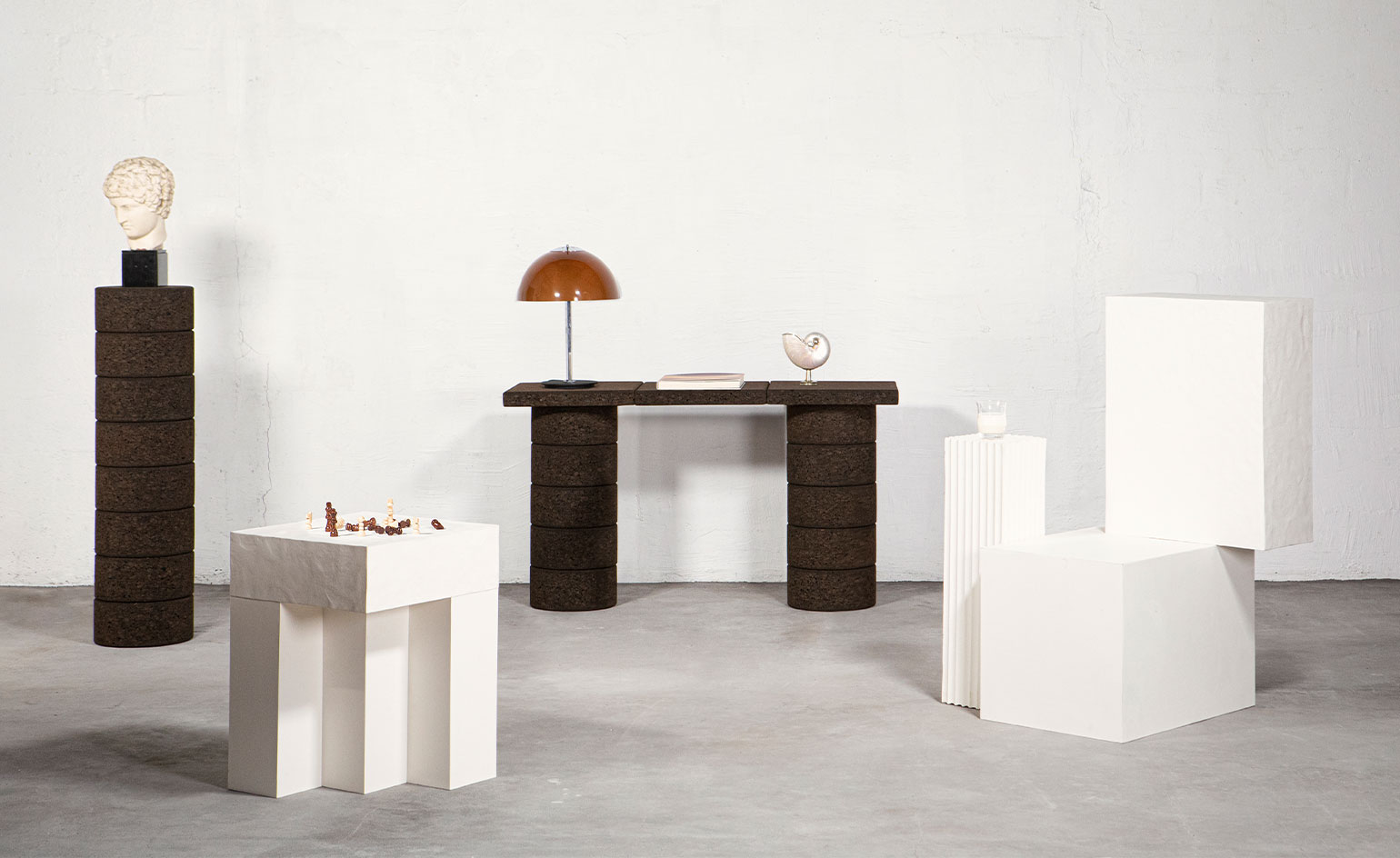 Mono Editions launches furniture in cork and paper pulp
Mono Editions launches furniture in cork and paper pulpLaunched with a pop-up in Paris (23-27 March 2022), Mono Edition presents modular designs by architects, crafted from sustainable single materials
-
 Odile Mir’s granddaughter is reissuing her 1970s French furniture
Odile Mir’s granddaughter is reissuing her 1970s French furnitureParisian designer Léonie Alma Mason launches LOMM Editions – a new brand presenting 1970s furniture designs created by her grandmother, nonagenarian artist Odile Mir
-
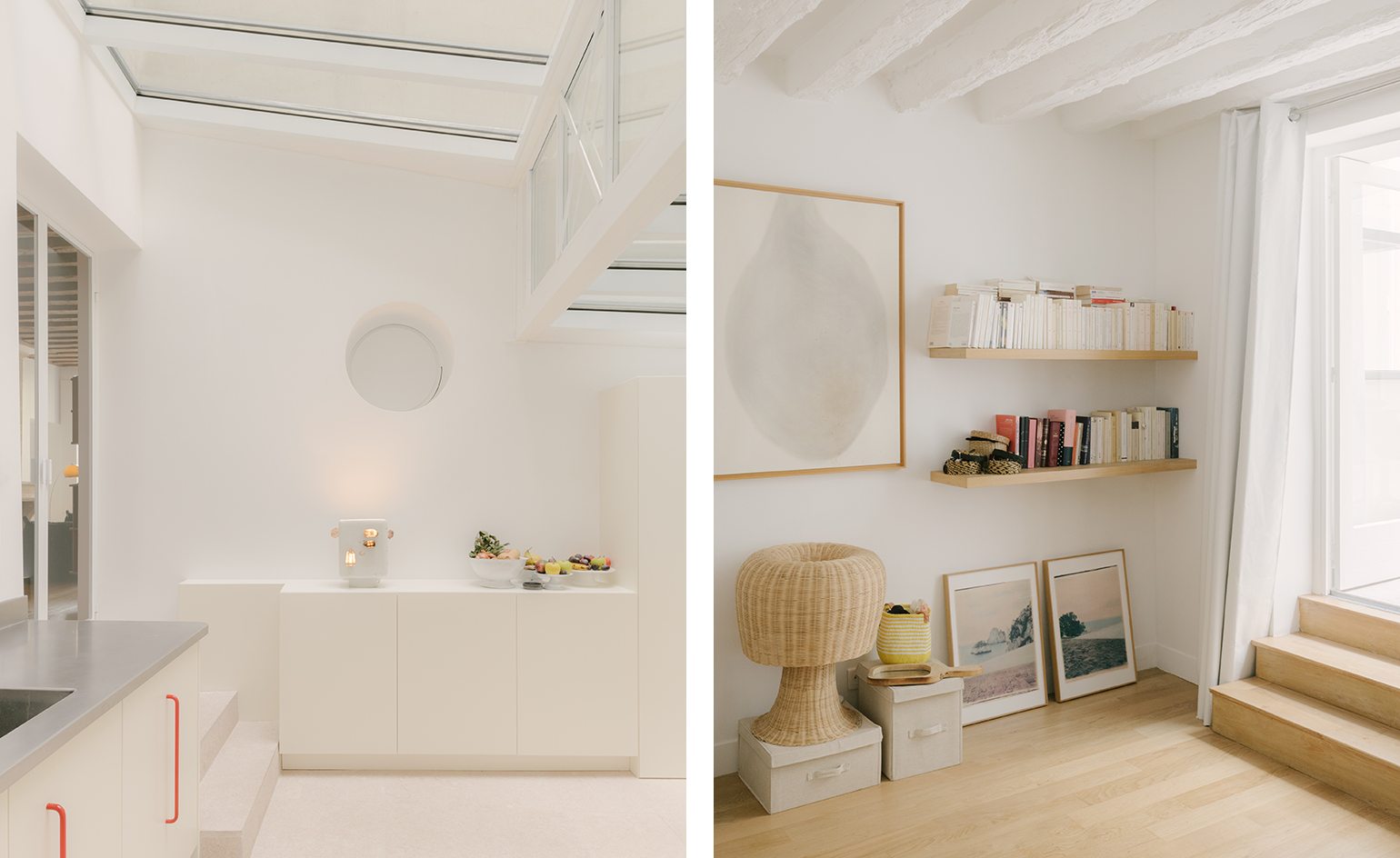 Historic Paris apartment gets wrapped in soft minimalism
Historic Paris apartment gets wrapped in soft minimalismArchitect Saba Ghorbanalinejad reworks the historic architecture of this Le Marais apartment for the 21st century
-
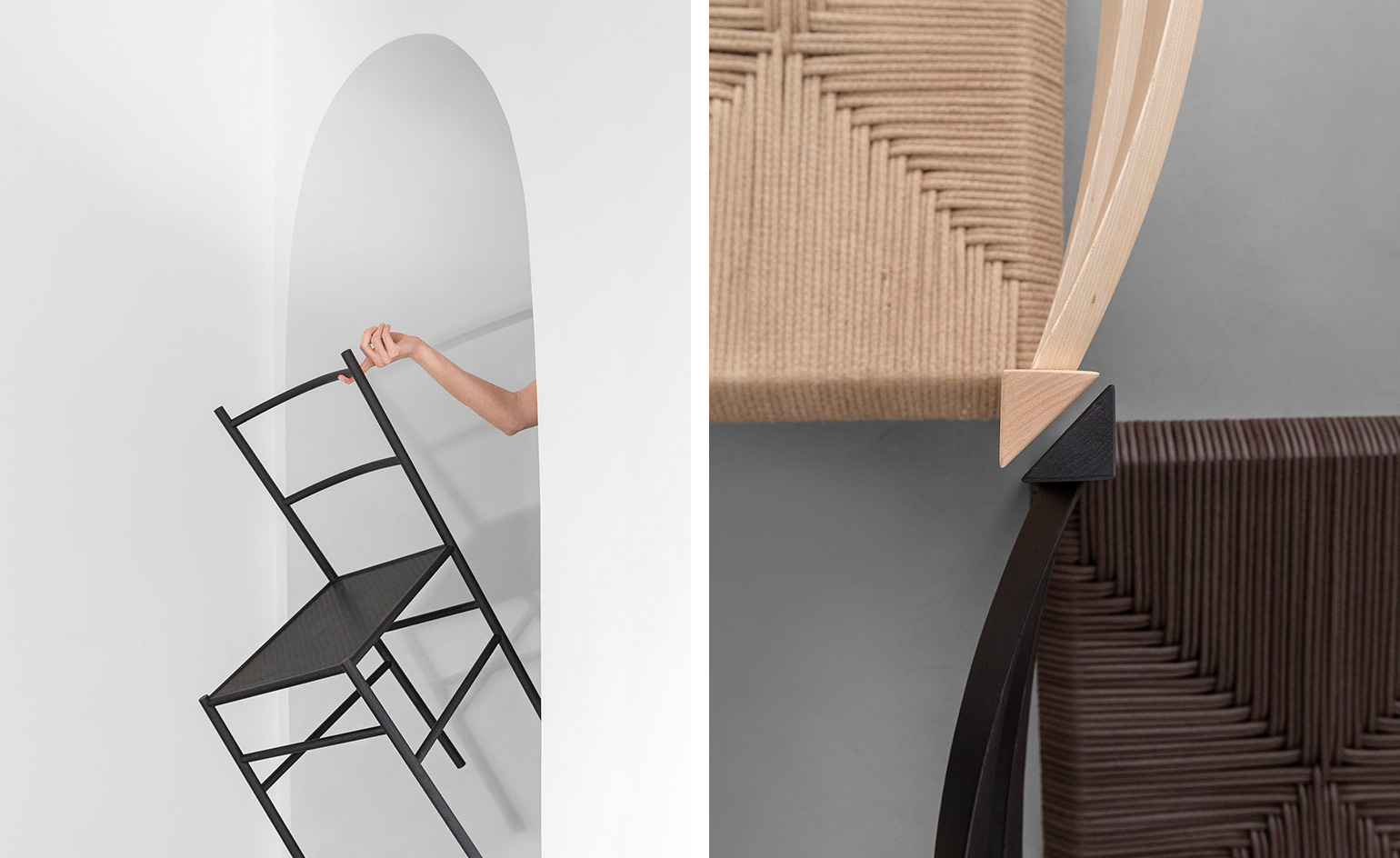 Francesco Faccin reinvents an anonymous classic chair design
Francesco Faccin reinvents an anonymous classic chair designFrancesco Faccin revises a traditional chair design for his project presented by Rome-based gallery Giustini / Stagetti